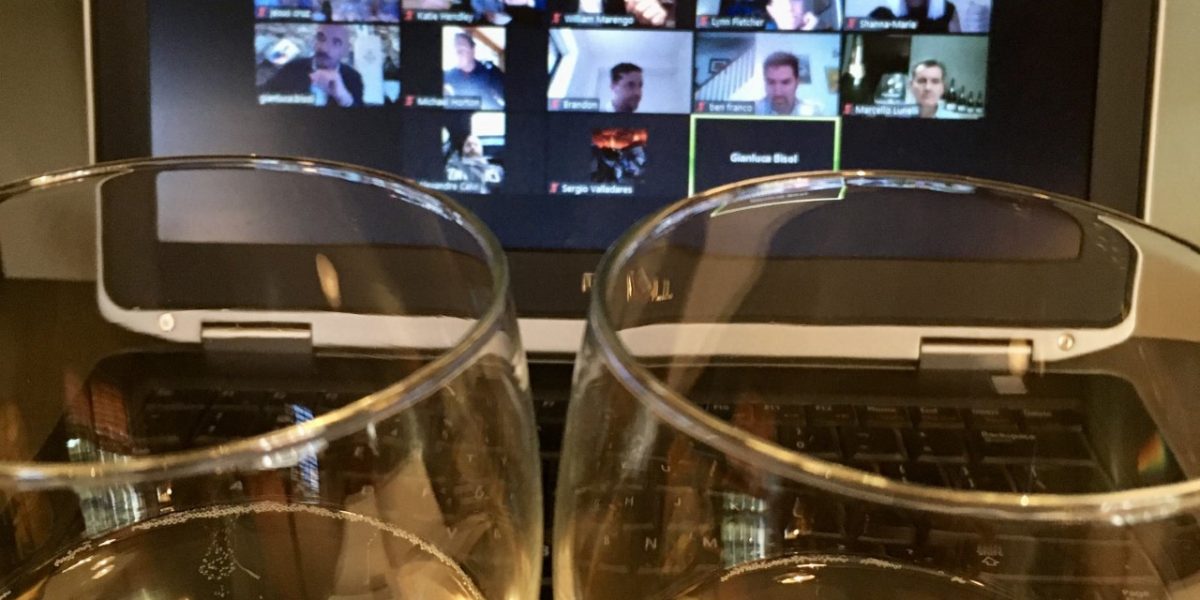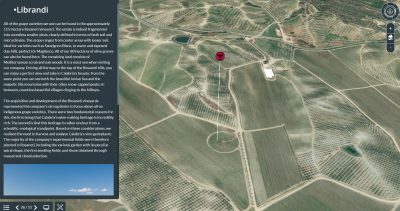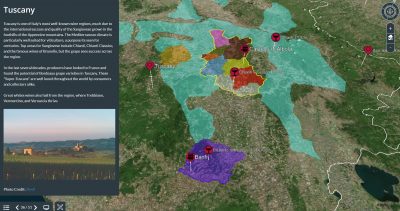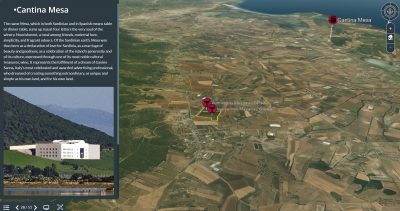
Bridging the Distance – SommFoundation and Consorzio Italia del Vino team up to take Somms on a virtual tour of Italy – by Michael Markarian
Without a doubt, 2020 has been a year like no other, with restaurants closed, sommeliers out of work, exams canceled, and lives lost and upended across the world. The pandemic has also imposed limits on international travel, but thanks to SommFoundation and the Consorzio Italia del Vino, I was able to join a group of fellow sommeliers on a four-week virtual enrichment trip across Italy.
It was a new format for a new reality. Rather than visiting one or two wine regions, we got to know 18 producers from areas as diverse as Alto Adige and Veneto in the north to Sicily and Calabria in the south. Rather than navigating the country’s winding roads, we explored its geography and vineyards remotely through SommFoundation’s Global Diagram of Wine. And rather than gathering in tasting rooms, we received wines at home and tasted along with the winemakers on Zoom.
It was especially helpful to compare examples of the same variety from different regions. For example, the saltiness, rich texture, and tropical flavors of Sardinian Vermentino—with its thick skins developed in harsh winds—diverge completely from the bright acidity, light freshness, and floral notes of Ligurian Vermentino. The round, fruit-forward style of Sangiovese from Emilia-Romagna, meanwhile, stood in contrast to its classic and structured counterparts from Chianti Classico and Montalcino.
Moderated by SommFoundation board member James Lechner, our online discussions were organized around four themes. In a session on heroic viticulture and high-altitude wines, we considered the difficult manual labor involved in managing pergola-trained vines on steep slopes as well as the climatic influences of mountainous regions such as Valtellina in Lombardy. During our discussion on strategies for addressing the effects of climate change, we learned that Corvina is susceptible to sunburn in Valpolicella, while Corvinone performs better at high altitudes and in warmer vintages. And to better understand the evolution in farming and winemaking practices, we reviewed clonal studies of Sangiovese in Montalcino and learned about the increased emphasis on Chiaretto in the Lake Garda region as a response to rising global demand for rosé.
But perhaps the timeliest discussion concerned COVID-19 and its impact on the Italian wine industry. With restaurants and tourism suffering, sales continue to unfold primarily off-premise and online, and consumers are seeking to stock their homes with “comfort food” and “comfort wine,” in the words of Santa Margherita USA senior director of fine wines and business development Vittorio Marzotto. The sommeliers in our group chat then engaged in a lively conversation about what we are seeing in our own markets: Restaurant guests are either looking for good entry-level wines or splurging on premium wines to celebrate the nights they choose to venture out, but what is happening to the middle tier?
The common thread linking every discussion was a very Italian one—food! Our chat box was full of pairing suggestions for every wine we tasted, and the winemakers of the consorzio sent us some of their own recipes for dishes they enjoy with their wines, among them vegetable couscous and vegan mayonnaise with Santa Margherita’s Pinot Grigio; a savory tart of cherry tomato and Tropea red onion with Duca di Salaparuta’s Passo delle Mule Nero d’Avola; and wild boar peposo (pepper stew) with Castello di Albola’s Chianti Classico Riserva.
It all amounted to a wonderful reminder of just how exciting it will be when we can travel again to visit wine regions in person: to see the land and touch the soil, to commune with the people, to taste wine together while enjoying the local cuisine. In the meantime, SommFoundation and the Consorzio Italia del Vino brought a taste of Italian warmth and hospitality right into our homes and into our studies.


